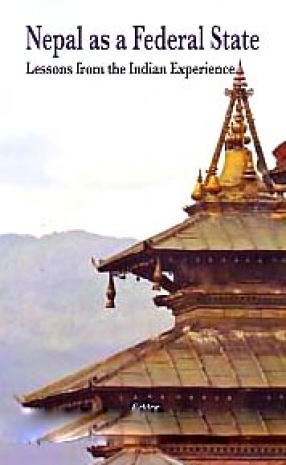
V R Raghavan

Showing all 13 books
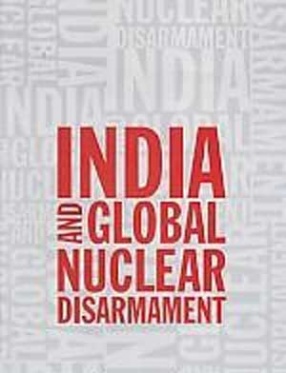
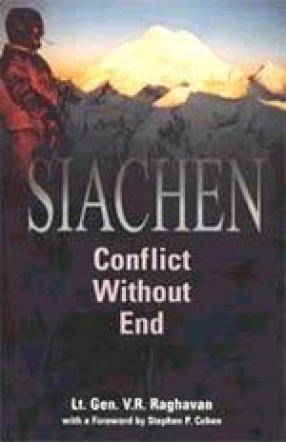

This compendium of 11 papers, presented at a seminar, jointly organized by the Centre for South Asian Studies, Kathmandu and the Centre for Security Analysis, Chennai, attempts to explore the different facets of federalism, with special reference to Nepal.
Analysing the federal character of Nepal, the contributors present the different perspectives on the Nepali model of federalism. They also address the various issues concerning national security, right to self ...
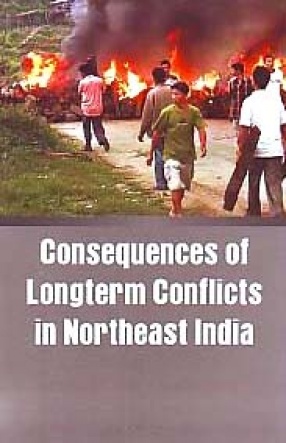
Internal conflicts in South Asia and Southeast Asia have existed for decades with severe repercussions: they have harmed the economic, social, and political life of nations. The studies here explore many facets of the long-term conflicts in India especially the multilayered dynamics of the conflicts with special reference to the Northeast region. Referring to the situation in the different states of the region, they view transborder insurgency, struggles for ...

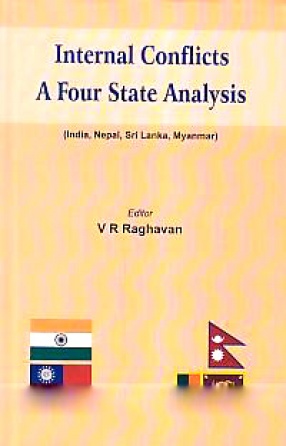
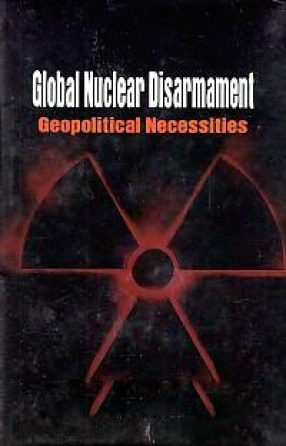
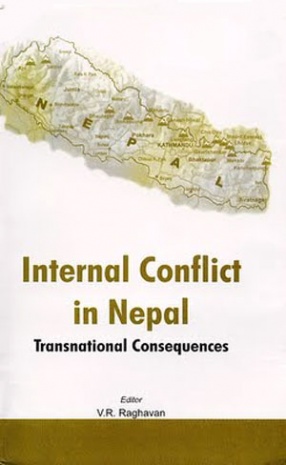
Neglect of socio- economic needs, inequality and injustice in Nepali society attributed to the genesis of the Maoist insurgency in Nepal. In early 1990, a mass upsurge Jana Andolan paved way for multi party of governance in Nepal. The opening up of the polity increased the awareness of inequality which helped Maoist insurgency to grow dramatically. However, in November 2005, a Comprehensive Peace Agreement was reached between the Communist Party of Nepal ...

Indian policy on nuclear disarmament has been one of long standing support and approval of measures leading to it. The first decade of 21st century has seen a resurgence of support for global nuclear disarmament. A cascade of nuclear disarmament proposals has emerged from different sources. There has been little interaction between India and Europe on nuclear issues. The seminar on Nuclear Non-Proliferation and Disarmament held in June 2010 in New Delhi was one ...
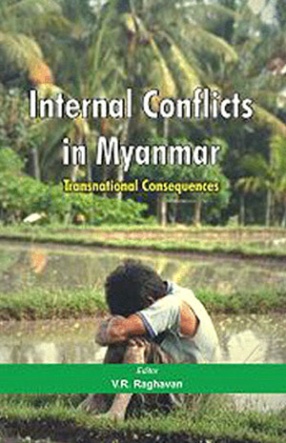
In the recent years, the interstate wars have declined and intrastate wars/ internal conflicts are on rise. Impacts of internal conflicts are no longer limited within a nation state, they incur international consequences of disturbing magnitude. Myanmar (Burma) is affected by two types of internal conflicts. The first is between the military government and various ethnic groups spread along the international borders with India, China, Laos and Thailand. These ...
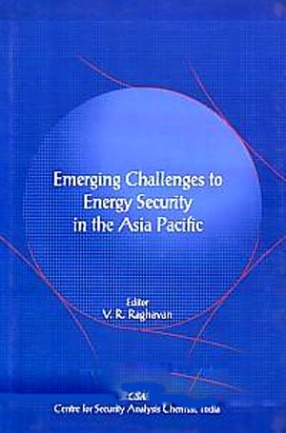
Given Asia’s prevailing energy consumption patterns, an understanding of the structure of its energy mix today and in the future, is a useful exercise for assessing strategic considerations regarding energy security. This book is a step in this direction. A result of an international seminar organised jointly at Chennai, India, by the Centre for Security Analysis, Chennai and the Institute of Southeast Asian Studies, Singapore: March 2009—the book ...
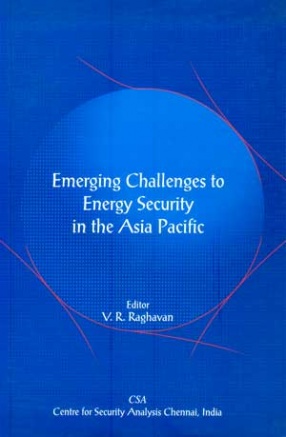


For the last twenty years India and Pakistan have been locked in fierce combat to gain control of the barren heights of the Siachen glacier, located in the western Himalayas. The protracted conflict has exacted a heavy toll; many brave men have been felled and, on a rough estimate, between two and three crores of rupees are being spent daily to sustain the strife. Siachen: Conflict without End is the first definitive account of the costly war that has bled both ...
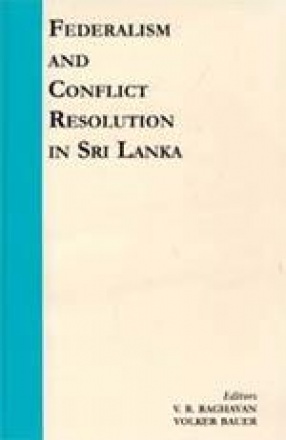
The conflict in Sri Lanka has already consumed more than 70,000 lives, displaced 700 to 800 thousand people besides being the cause for billions for rupees worth of lost opportunities. It is of great concern to the whole world and directly affects the region in general and India in particular. Efforts over the period to resolve the politico-ethnic problem in Sri Lanka has not made much headway. It has been felt that the unitary system has not delivered. Even in ...
